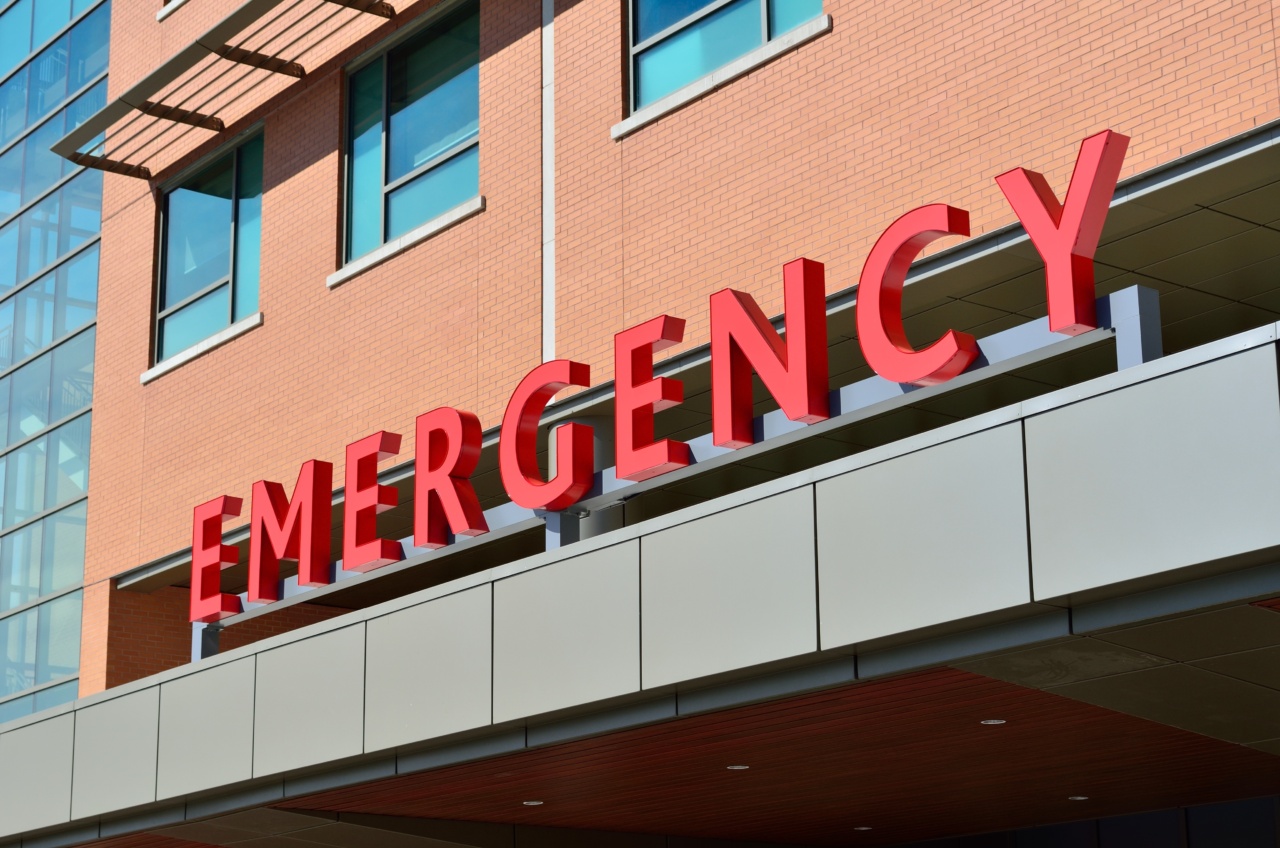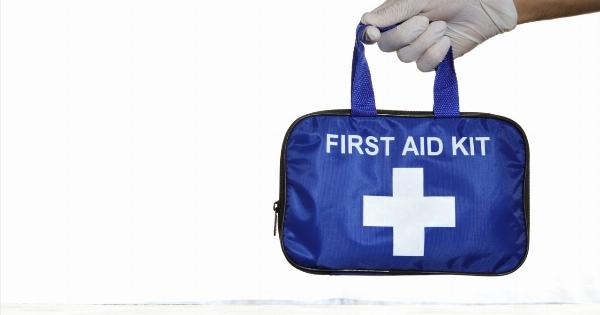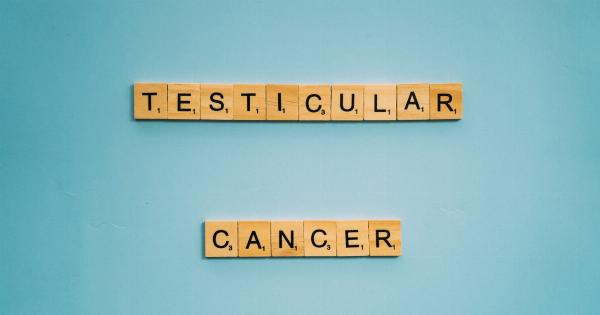Torsion of the testicles, also known as testicular torsion, is a serious urological emergency that requires immediate medical attention.
This condition occurs when the testicle rotates on its axis, twisting the blood vessels that supply it with oxygen and nutrients. The twisting of these blood vessels can lead to a rapid onset of severe testicular pain and potentially irreversible damage to the testicle if not treated promptly.
Symptoms of Testicular Torsion
Testicular torsion often presents with sudden and severe testicular pain. The pain can occur in one or both testicles and may be accompanied by swelling, redness, and tenderness. Other symptoms may include:.
- Abdominal pain
- Nausea and vomiting
- Frequent urination
- Fever
- Lumps or masses within the scrotum
Causes and Risk Factors
Testicular torsion most commonly occurs in young males, particularly those in their teenage years. The exact cause of testicular torsion is often unknown, but certain anatomical factors can increase the risk, such as:.
- An unusually mobile testicle
- A bell-clapper deformity (a condition where the testicle is not adequately attached to the scrotum, allowing it to freely rotate)
- A family history of testicular torsion
- Previous episodes of testicular torsion
Diagnosis and Treatment
When a patient with suspected testicular torsion arrives at the emergency department, a thorough physical examination is performed. This includes a careful evaluation of the testicles, scrotum, and groin region.
In some cases, ultrasound imaging may be used to confirm the diagnosis and assess the blood flow to the affected testicle.
The treatment for testicular torsion involves surgically untwisting the testicle and fixing it in place to prevent future torsion episodes. This procedure is called orchiopexy and is typically performed as soon as possible after diagnosis.
Complications and Long-Term Outlook
If testicular torsion is not promptly treated, it can lead to significant complications, including:.
- Tissue death (testicular necrosis): The twisted blood vessels can cut off the blood supply to the affected testicle, leading to permanent damage and loss of function.
- Epididymitis: Torsion can cause inflammation of the epididymis, a coiled tube located behind the testicle.
- Infertility: If both testicles are affected by torsion, it may result in infertility or decreased fertility.
However, with early intervention, the majority of individuals who receive timely treatment for testicular torsion have a good long-term prognosis with preserved testicular function.
Prevention and Tips
While testicular torsion cannot always be prevented, certain measures may help reduce the risk:.
- Avoidance of trauma to the testicles
- Wearing protective gear during sports activities
- Seeking prompt medical attention for any testicular pain or discomfort
- Consideration of prophylactic orchiopexy in individuals with a high risk of testicular torsion
Conclusion
Testicular torsion is a urological emergency that demands urgent medical intervention. Recognizing the symptoms and seeking immediate medical attention can help preserve testicular function and avoid potential complications.
It is vital for individuals, parents, and healthcare providers to be aware of this condition to ensure prompt diagnosis and treatment when necessary.





























